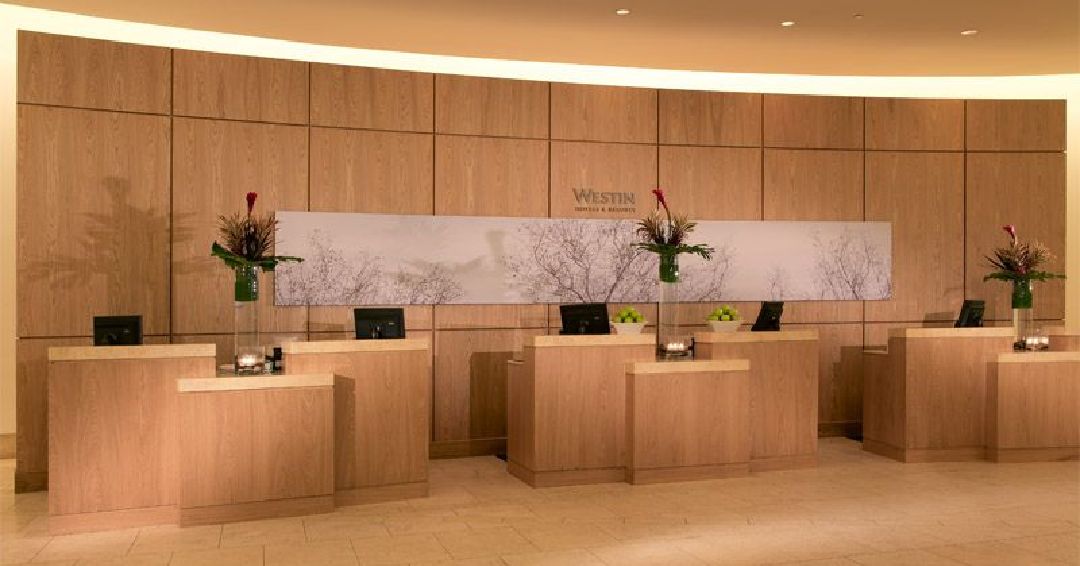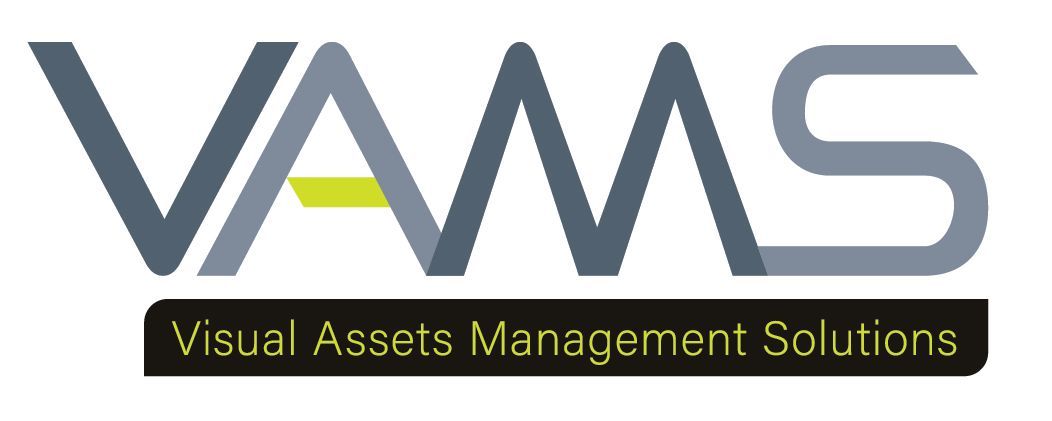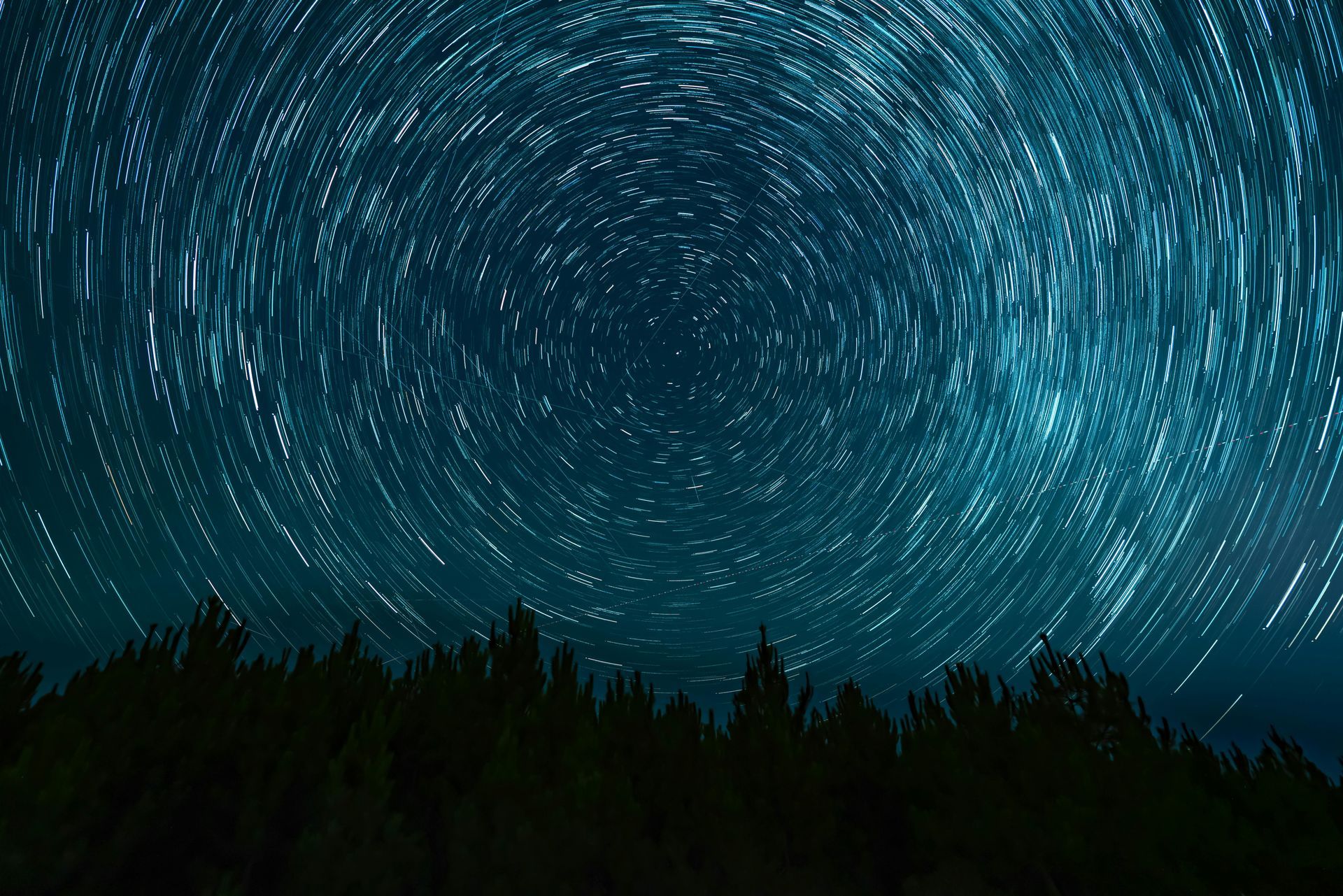Showcasing Hotel Facades Through Photography
Showcasing Hotel Facades Through Photography

Showcasing Hotel Facades Through Photography
A hotel facade stands as a monument to both aspiration and hospitality. More than just an
architectural shell, it is a visual promise; a declaration of the experience that awaits within.
Whether steeped in the grand elegance of a bygone era or reflecting the sleek minimalism
of contemporary design, the facade beckons to travelers as a prelude to the story they will
become a part of during their stay.
As a photographer with decades of experience in the hospitality industry, I've learned to
decipher these visual narratives. My lens becomes a tool not just to capture the
architectural lines but to reveal the essence of a place and evoke the emotions it wishes to
inspire in its guests. In this blog post, I'll share the techniques and insights that help me tell
compelling stories through hotel facade photography.
The Tools for Capturing Stunning Hotel Facades
Before setting out to capture the perfect shot, we must consider the tools and techniques
that can elevate our photography. Selecting the right equipment is crucial. Wide-angle
lenses allow me to embrace the entire structure, showcasing its relationship to the
surrounding cityscape.
Meanwhile, telephoto lenses let me focus on intricate architectural details, highlighting the
craftsmanship and design nuances that distinguish a facade. Additionally, a sturdy tripod
offers the stability needed for crisp, blur-free images, especially during evening or night
shoots.
Lighting plays a transformative role in facade photography. The warm glow of the golden
hour can soften a structure's lines, lending it a nostalgic air. Twilight reveals a different
aesthetic, as the interplay of natural and artificial light casts the facade in an ethereal glow.
Finally, consider how nighttime illumination dramatically underscores the facade's
geometric patterns or highlights its most impressive features. Beyond choosing the time of
day, experiment with weather conditions.
Often, a dramatic stormy sky creates a compelling backdrop for a hotel facade, or the way
rain slicks a modern facade emphasizes its sharp lines. Even mist or fog can add a layer of
ethereality and moodiness to your final image.
While natural light is crucial, don't neglect the tools at your disposal to augment the
existing scenery. Reflectors can gently fill in shadows or bring light to an underlit part of the
structure. For nighttime shoots, portable flashes or light wands allow you to selectively
illuminate details or draw focus to a particular architectural element.
Crafting Eye-Catching Compositions for Hotel Facade Photography
A captivating facade image goes beyond merely documenting the structure. It demands
thoughtful composition. Sometimes, a perfectly symmetrical composition will emphasize
a hotel's formal elegance or create a sense of visual harmony. Yet, breaking symmetry can
be equally compelling. OK-center compositions or incorporating diagonal lines inject
energy and lead the viewer's eye through the image.
Details are where the soul of a facade resides. Balconies with ornate wrought ironwork,
window shapes, or elaborate stone carvings transform from mere architectural necessities
into elements of a visual symphony. Paying close attention to these details allows us to
create rich, textured images that invite the viewer to discover hidden layers of a facade's
personality.
Beyond individual features, consider the broader juxtaposition of shapes and patterns. Do
geometric window panels contrast with the sinuous curves of a wrought-iron entryway?
Does the texture of rough-hewn stone clash intriguingly with a smooth expanse of glass?
These visual tensions heighten the overall dynamism of the facade photograph.
Scale can also be a powerful compositional tool. Placing a human figure, a streetlamp, or
even a bird in the frame provides a reference point that emphasizes the sheer size of a
facade. Conversely, capturing a single intricate detail can isolate an unexpected moment
of beauty, allowing viewers to connect more intimately with the structure.
Finally, don't neglect the surrounding environment. Trees framing the corners of a building
can soften its hard angles, while reflections in pools or windows can introduce a surreal,
unexpected element to the composition. Paying attention to how the facade interacts with
its surroundings will give your images a greater sense of place.
Storytelling through Facades
A hotel facade does more than shelter; it acts as a tangible expression of history, brand,
and architectural movements. Art Deco's geometric motifs and stylized flourishes speak of
the glamour and optimism of the 1920s and 30s.
A Brutalist facade might make a bold statement of strength and monumentality, while the
clean lines of Modernism project an air of eKiciency and uncluttered elegance.
Understanding architectural styles enables us, as photographers, to highlight the visual
cues that resonate on a deeper, historical level.
Beyond purely stylistic context, a facade offers subtle clues about a hotel's intended
clientele and ambiance. Imagine a sleek, minimalist facade crafted from reflective glass
and aluminum. It exudes an air of modernity and refinement, perhaps appealing to
business travelers or design-conscious guests.
Contrast this with a grand, Beaux-Arts building adorned with elaborate columns and
sculptural flourishes. It speaks of tradition, refined opulence, and might hold particular
appeal for guests seeking a luxurious, classic experience.
Beyond architectural context, the facade serves as the visual embodiment of the hotel's
brand identity. Colors, material choices, and overall design all convey a message to
potential guests. Is it the luxurious warmth of marble and brass, or the cool minimalism of
steel and glass? The right imagery will underscore these elements, subtly conveying the
essence of the hotel's overall aesthetic and philosophy.
Consider how signage influences the facade's story. Bold, neon signage evokes a retro
diner ambiance, while a simple, discreetly carved name might lend an air of exclusivity and
heritage.
For historical hotels, the facade becomes a time capsule. Signs of aging, meticulously
restored details, and stylistic choices from a bygone era all add a layer of nostalgia and
cultural weight to our photographs. Close-up shots of weathering, patina on aged
metalwork, or chipped paint that's carefully preserved tell micro-stories within the wider
architectural narrative.
These imperfections speak of battles against the elements, changes in ownership, and
perhaps even shifts in the cityscape. The facade becomes a historical document, inviting
us to explore the passage of time through a visual lens.
Practical Tips for Pro-Level Results
To turn inspiration into tangible results, let's consider a few practical tips. Always research
your locations beforehand.
This information will inform your decisions on the ideal times of day to shoot, whether
special permissions are needed to access rooftops or courtyards for unique viewpoints,
and even provide historical context that strengthens your visual narrative. Should you be
venturing on to private property, be respectful and always seek permission prior to a shoot.
Beyond logistics, consider how weather might be incorporated into your facade
photography. A facade freshly washed by rain offers a reflective quality that can add visual
interest. If shooting in a busy urban area, embrace the dynamism of crowds, taxis, or bikes
passing by in a blur – sometimes capturing a 'lived-in' element makes these images feel
more dynamic.
For truly unique captures, don't be afraid to explore beyond the standard viewpoints. Ask
the concierge if the hotel has a rooftop with access or investigate nearby vantage points
that oKer an uncharacteristic view. Even alleyways or adjacent cafes can lead to
compelling angles overlooked by many photographers.
Post-processing can be a valuable tool for facade photography. Basic editing tools can be
used to subtly elevate color saturation, fine-tune contrast, and even correct slight
perspective distortions. However, remember that editing should remain in the service of
authenticity and should not fundamentally alter the character of the building.
A Photographer's Final Reflections
Hotel facades hold an enduring fascination, promising travelers stories yet to be written
beneath their roofs. Whether grand and historic or sleek and modern, they beckon to be
captured and interpreted by a photographer's keen eye.
Understanding the interplay of technical detail, compositional choices, and a facade's
ability to convey personality and context will elevate your photography, giving each image a
depth and resonance that lingers in the viewer's mind long after.
I hope this exploration has fueled your own appreciation for hotel facade photography. If
you find yourself gazing up at a captivating building, let your camera be your guide in its
visual exploration. Share your findings, tag me in your creations, and let's see those
inspiring tales told through a lens!

